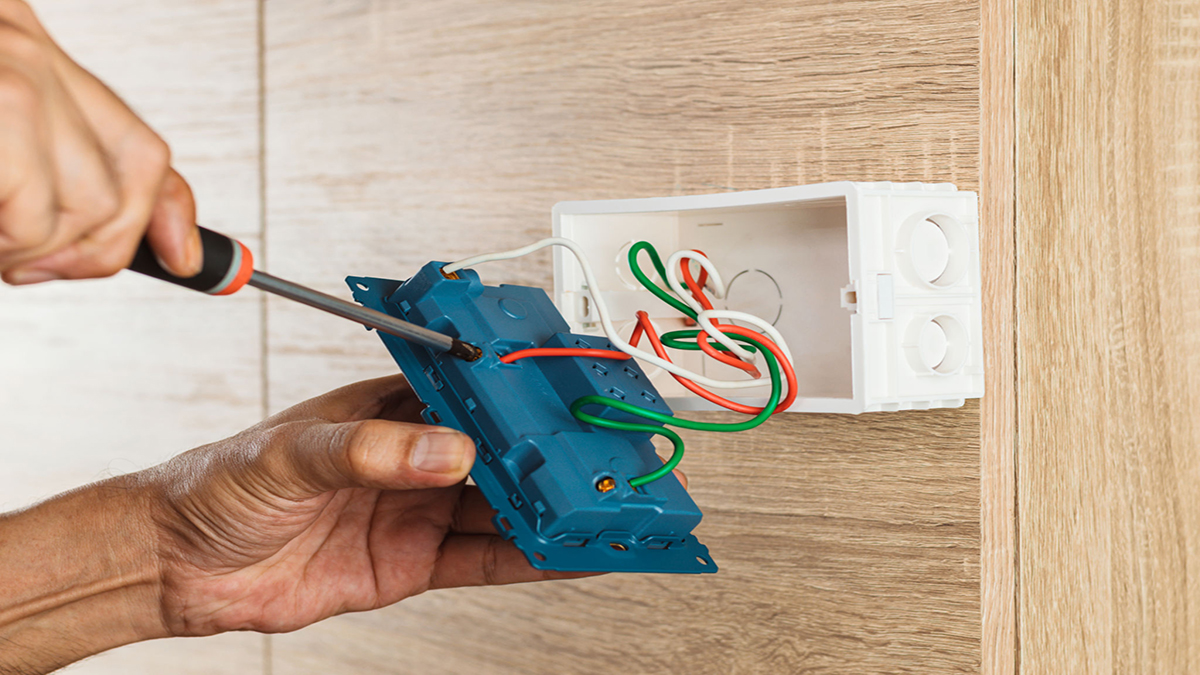Welcome to your leading site in learning electrical engineering. In this exclusive article I liked to present you Practical guide to Electrical installations
Introduction :
When installing residential electrical wiring, it is important to know the load to which the installation will be feeding. This means that all electrical and electronic appliances in the house must be projected. Grounding the electrical installation is an important feature that should be considered. This conductor will provide greater safety and help to prevent any electrical accidents.
The protection of human lives must be guaranteed when installing residential electric equipment. This is why it is so important to have a professional residential electrician install the electrical system. Many technical engineers and electricians are responsible for avoiding any unwanted situations. This can hurt the property where the installation was made.
Safety in electrical installations requires that we know what equipment elements and faults we can find in an installed system. For example, in an electrical panel, protection and maneuvering devices for the circuits are concentrated. For residential installations, the panel consists of a box in which the circuit-breakers are located.
To ensure safe installation of electrical equipment, protection devices must be in place that will act when a fault occurs (shortcircuit, overload, or insulation failure) at any point in the circuit. This will reduce the chance of people suffering electrical accidents. It also prevents the equipment and conductors from overheating, which can cause fire and other possible damage.
It is best to have loads distributed in multiple “circuits” when designing an electrical installation. This is because if there is an operation of protections, only one circuit can be interrupted and does not affect the continuity of service. In a house, it is recommended that at least four circuits are installed, one for lighting and another for electrical outlets. A fourth can be used for special outlets in the kitchen.
There are many types of protections. The following list explains the most important ones that are used to ensure continuity in electric service and safety for individuals.
An electrical installation refers to the collection of components that allows the transportation and distribution of electric energy from its point of supply to the equipment which uses it. These items include boards, switches and transformers, capacitor banks and devices, sensors, local control devices, local or remote control devices as well as cables, connections, contacts, conduits and brackets.
OBJECTIVES
An electrical installation must be able to distribute electricity efficiently and safely to the equipment. Some of the features they should have include:
a).- Dependable, which is to say they meet the objective for what it is, at all times, and in every extension of the word.
b).- Efficient is the ability to transmit energy as efficiently as possible.
C.-Economic is the cost at which it is finalized is sufficient to meet the requirements.
d).– Flexible refers to the ability to be expanded, reduced, or modified easily and following future needs.
e).- They are simple, meaning they can be used to facilitate maintenance and operation without the need for highly skilled people or methods.
f).- It is pleasant to look at. A well-done installation simply looks “good”.
g).- Secure, which is to say, they guarantee the safety and security of persons and property during their common operation.

